What Is a Geonet:High-Performance Drainage Solutions That Strengthen Your Project
Geonets provide efficient drainage for retaining walls, landfills and road bases. Get high-quality HDPE geonets from Geofantex.
Tel: +86-411-39569550 | E-mail: info@geofantex.com/geofantex@gmail.com

Geonets provide efficient drainage for retaining walls, landfills and road bases. Get high-quality HDPE geonets from Geofantex.

Reliable geocell internet paketebi solutions improve soil strength, reduce erosion, and support cost-effective geotechnical construction .
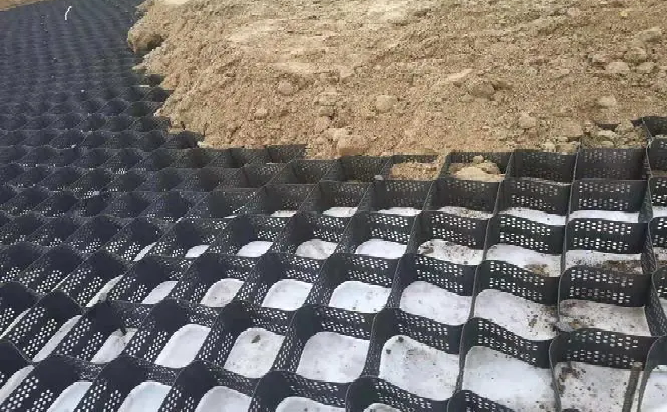
A geocell ground grid stabilizes weak soils, prevents erosion, and supports heavy loads for durable infrastructure projects.
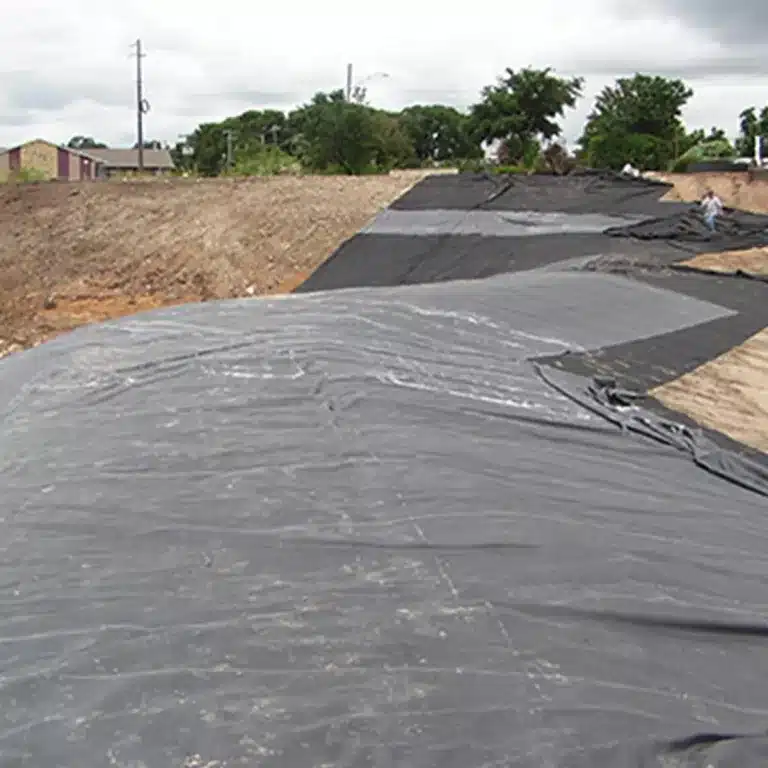
Explore high density polyethylene HDPE uses, material performance, and market trends in geosynthetics for engineering projects.
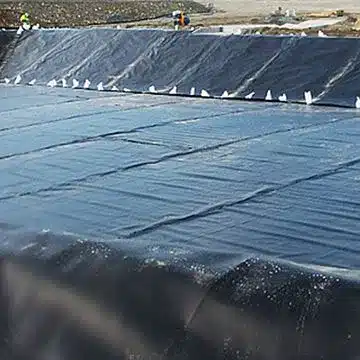
Geomembrane applications, installation practices, and market data explained for geosynthetics engineers and project planners.
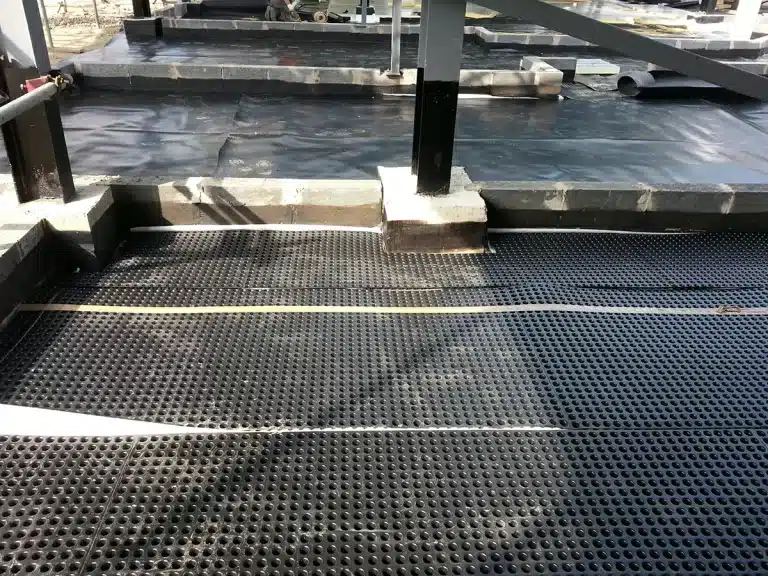
Explore real-world geogrid cases in roads, mining, slopes, and railways, improving stability and reducing costs in civil projects.
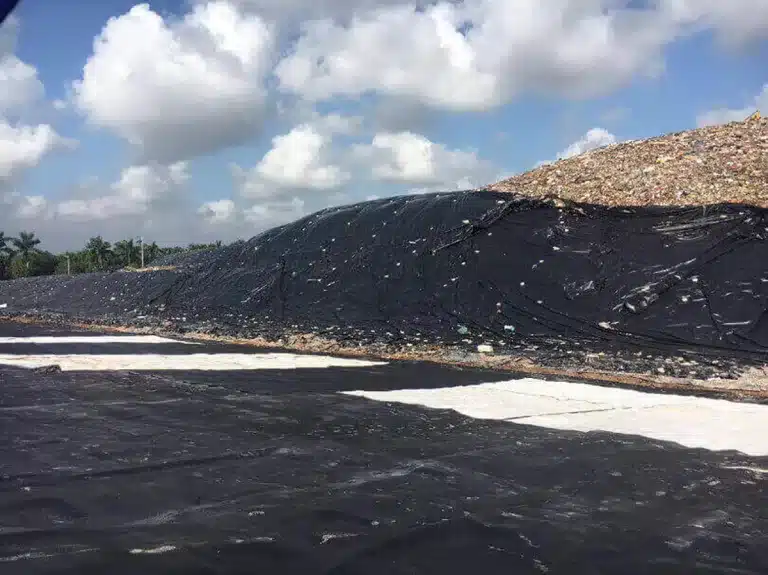
Discover Terrafix Geosynthetics Inc solutions for soil stabilization, erosion control, and sustainable construction efficiency.

Discover detailed geosynthetic solutions including geotextiles, geomembranes, and geogrids for efficient.

Discover GeoFanTex premium geotextiles for soil stabilization, drainage, and erosion control, outperforming standard Leroy Merlin options.

GeoFanTex offers premium non-woven geotextile for drainage, soil stabilization, and long-lasting construction performance.
End of content
End of content
WhatsApp us